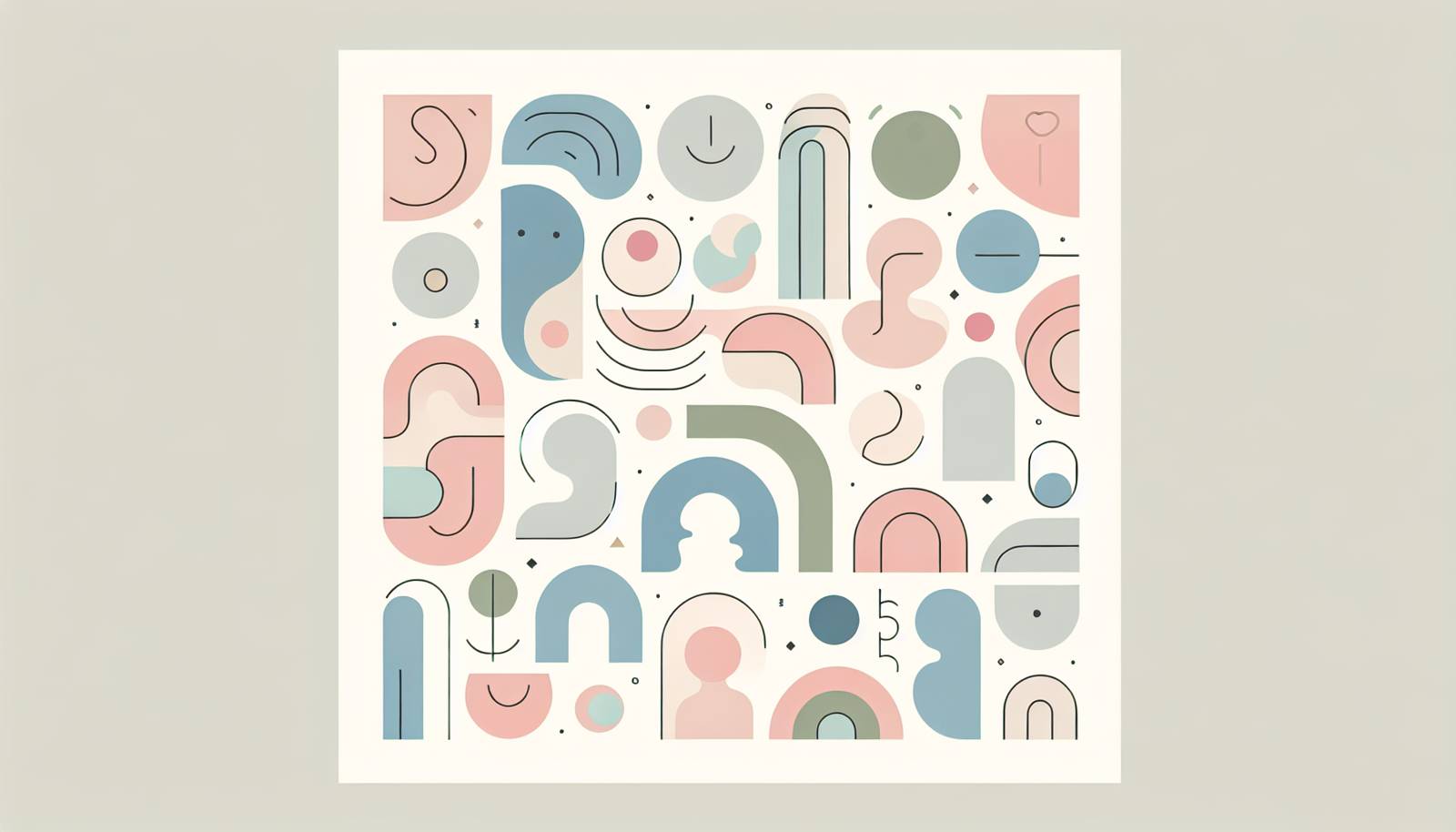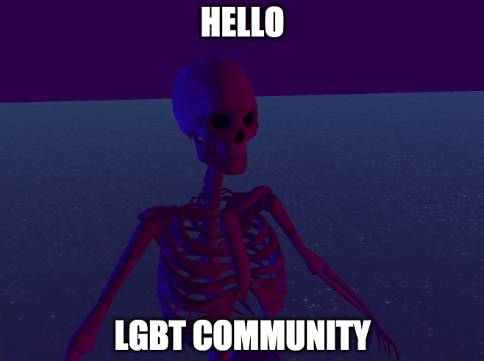
FAQ About Cultural Impact of Meme Art in Modern Satire

What is meme art, and how does it relate to satire?
Meme art refers to digital images, videos, or texts that are modified and shared widely on the internet, often humorously. It relates to satire as it employs humor, irony, and ridicule to critique politics, society, or cultural norms, making complex ideas more accessible.

How have memes become a tool for cultural commentary?
Memes have become a tool for cultural commentary by allowing individuals to express opinions and perspectives quickly and creatively. They encapsulate cultural, political, and social sentiments in a relatable and engaging format, thus influencing how communities discuss and perceive issues.

In what ways do memes influence public opinion?
Memes influence public opinion by spreading rapidly across social media platforms, thereby shaping discourse around current events. They simplify complex topics, making them accessible and memorable, which can lead to increased awareness and shifts in public perception.

What role does meme art play in media literacy?
Meme art plays a role in media literacy by encouraging critical thinking and evaluation of information. As consumers of meme content must decipher meanings and intentions, they become more adept at recognizing bias and misinformation in media at large.

Can memes be considered a legitimate form of art?
Yes, memes can be considered a legitimate form of art as they fulfill many functions of traditional art: provoking thought, conveying emotions, and reflecting societal trends. They require creativity, cultural knowledge, and an understanding of visual language.

How do memes contribute to modern satire?
Memes contribute to modern satire by offering a platform to critique and mock societal and political issues concisely and accessibly. Their shareable nature allows satirical messages to reach a broad audience quickly, enhancing their impact on public discourse.

What are some examples of memes that have had a significant cultural impact?
Examples of memes with significant cultural impact include "Pepe the Frog," which became a symbol across various ideological movements, and "Distracted Boyfriend," which has been used globally to comment on relationship dynamics and organizational loyalty.

How do memes evolve over time in the context of cultural trends?
Memes evolve over time by adapting to current events, technological developments, and shifts in societal attitudes. They are often reinterpreted and remixed to maintain relevance, allowing them to continue conveying cultural and satirical messages.

Why are memes particularly effective in engaging younger audiences?
Memes are effective in engaging younger audiences because of their brevity, humor, and visual appeal, which align with the communication preferences of digital-native generations. They employ language and references that resonate with younger demographics, facilitating relatability and understanding.

What is the impact of meme art on traditional journalism?
The impact of meme art on traditional journalism includes altering how news is disseminated and consumed. Memes can quickly amplify trending stories, introduce alternative narratives, and challenge mainstream media by offering new angles on news events.

How do internet memes differ from traditional forms of satire?
Internet memes differ from traditional forms of satire in their accessibility, speed of propagation, and participatory nature. Unlike conventional satire that may require formal education or access to specific publications, memes are often user-generated, rapidly shared, and globally accessible.

Can meme art influence political movements?
Yes, meme art can influence political movements by galvanizing support, spreading awareness, and shaping narratives through powerful, often humorous visuals. Memes have been used to mobilize grassroots campaigns and sway public sentiment in elections and social movements.

What challenges do creators face when crafting satirical meme art?
Creators face challenges such as staying relevant in rapidly changing news cycles, ensuring their work does not offend or alienate audiences, and navigating issues of copyright and originality. They must balance humor with sensitivity and accuracy.

How do cultural backgrounds influence the perception of memes?
Cultural backgrounds influence the perception of memes by shaping individuals' understanding of humor, symbolism, and current events depicted in memes. Cultural context can determine whether a meme is perceived as humorous, offensive, or nonsensical.

What is the significance of meme formats in conveying satirical messages?
Meme formats are significant in conveying satirical messages as they provide a recognizable structure that can be easily adapted to various topics or events. Different formats emphasize different aspects of satire, whether through irony, parody, or exaggeration.

Have any memes transcended cultural boundaries to achieve global relevance?
Yes, memes like "Grumpy Cat," "Success Kid," and the "Mocking SpongeBob" have transcended cultural boundaries, achieving global relevance by tapping into universally relatable emotions and situations, making them understandable and shareable worldwide.

How are memes used in educational settings, particularly regarding satire?
In educational settings, memes are used to make learning more engaging and relatable, particularly in terms of satire. They help students explore current events, understand rhetorical devices, and develop media literacy skills by analyzing meme content.

What ethical considerations arise with the use of memes in satire?
Ethical considerations include respecting intellectual property rights, avoiding harm or offense, and ensuring that satirical content does not perpetuate misinformation. Creators must be mindful of satire’s potential to belittle sensitive subjects or individuals.

How have social media platforms affected the spread of meme art?
Social media platforms have significantly affected the spread of meme art by providing accessible avenues for sharing and creating content. Platforms like Instagram, Twitter, and TikTok enable rapid dissemination and allow memes to reach diverse audiences globally.

What is the future outlook for meme art as a medium of satire and commentary?
The future outlook for meme art as a medium of satire and commentary is promising. As digital communication evolves, memes will likely continue to grow in influence, adapting to new technologies and cultural shifts while remaining a critical tool for social critique.
